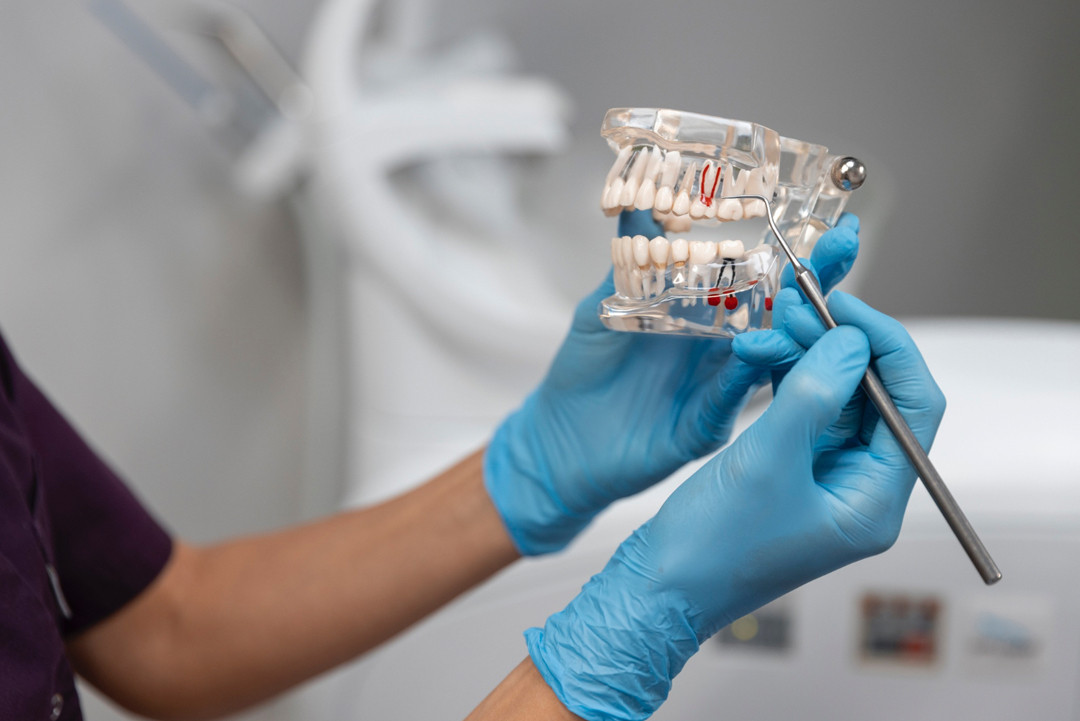Overview of Pediatric Hematology and Oncology
This specialized medical branch focuses on diagnosing and treating childhood blood disorders (hematology) and cancers (oncology). These interconnected fields address a wide range of benign and malignant conditions, from anemia to leukemia. Specialists undergo extensive training, including three years dedicated to pediatric hematology and oncology after completing their general pediatrics training.
Common Pediatric Hematological and Oncological Diseases
Hematological Diseases
- Anemia: Low red blood cell levels leading to fatigue and weakness.
- Hemophilia and Von Willebrand Disease: Blood clotting disorders causing prolonged bleeding.
- Idiopathic Thrombocytopenic Purpura (ITP): Low platelet count leading to bruising and bleeding.
- Neutropenia: Low white blood cell count increasing infection risk.
Oncological Diseases
- Leukemia: Cancer of the blood and bone marrow.
- Lymphomas: Cancer affecting the lymphatic system (Hodgkin’s and Non-Hodgkin’s).
- Brain Tumors: Pediatric brain cancers, including medulloblastoma and glioma.
- Sarcomas: Cancers in bones (osteosarcoma) or soft tissues (rhabdomyosarcoma).
- Neuroblastoma: Cancer of immature nerve cells, often starting in the adrenal glands.
- Wilms Tumor: Kidney cancer common in children.
Symptoms to Watch For
Prompt medical attention is crucial if these symptoms occur:
- Unexplained bruising or bleeding
- Persistent fever or night sweats
- Sudden weight loss
- Bone or joint pain
- Swollen lymph nodes without pain
- Fatigue or shortness of breath
Diagnostic Methods in Pediatric Hematology and Oncology
For Blood Disorders
- Complete Blood Count (CBC): Measures red and white blood cells, platelets, and hemoglobin.
- Peripheral Blood Smear (PBS): Examines blood cells under a microscope.
- Coagulation Tests: Measures blood clotting factors (e.g., Prothrombin Time).
- Bone Marrow Biopsy: Evaluates blood cell production.
For Cancer
- Biopsy: Examines tissue samples for cancer cells.
- Imaging: Includes X-rays, CT scans, MRIs, and PET scans for tumor localization.
- Tumor Markers: Identifies cancer-specific proteins in blood or tissue.
Treatment Options
Hematological Treatments
- Blood Transfusions: Replace missing blood components.
- Medications: Treat specific blood disorders like clotting deficiencies.
- Stem Cell Transplantation: Replaces diseased bone marrow with healthy cells.
Cancer Treatments
- Chemotherapy: Uses drugs to kill or slow cancer cell growth.
- Radiation Therapy: Targets cancer cells with controlled radiation doses.
- Surgery: Removes tumors while preserving healthy tissues.
- Immunotherapy: Boosts the immune system to fight cancer.
- Targeted Therapy: Focuses on specific cancer cells without harming normal cells.
Managing Remission
When cancer is undetectable, the child is in remission. However, regular monitoring is essential to detect any recurrence or progression. Pediatric oncologists create individualized follow-up plans to ensure early intervention if needed.
Why Early Diagnosis and Specialized Care Matter
- Better Outcomes: Early detection improves survival rates and reduces complications.
- Personalized Treatments: Tailored therapies for each child’s unique needs.
- Ongoing Support: Comprehensive care for physical and emotional well-being.
By prioritizing timely consultations with pediatric hematology and oncology specialists, families can ensure their children receive the highest standard of care.


















